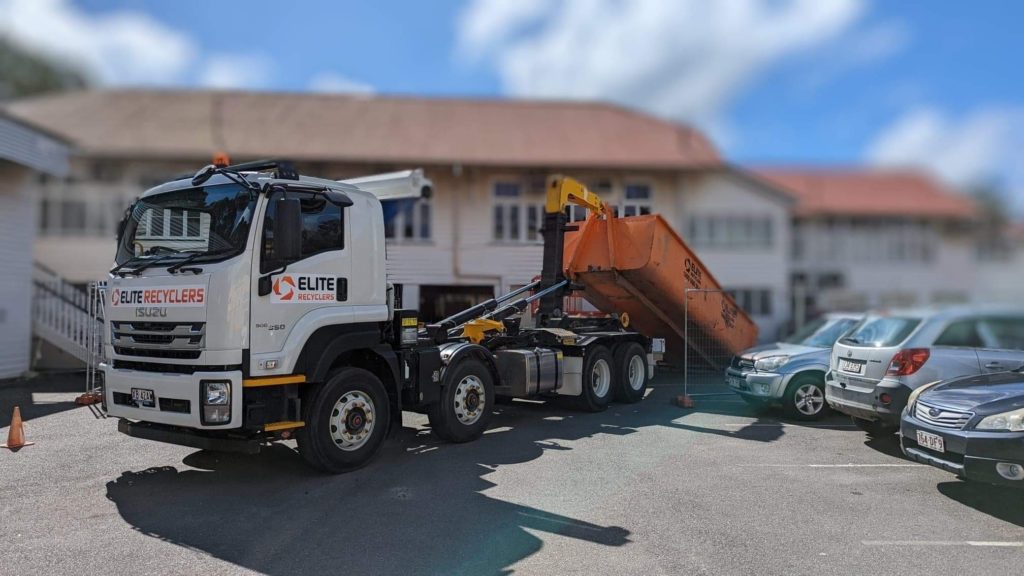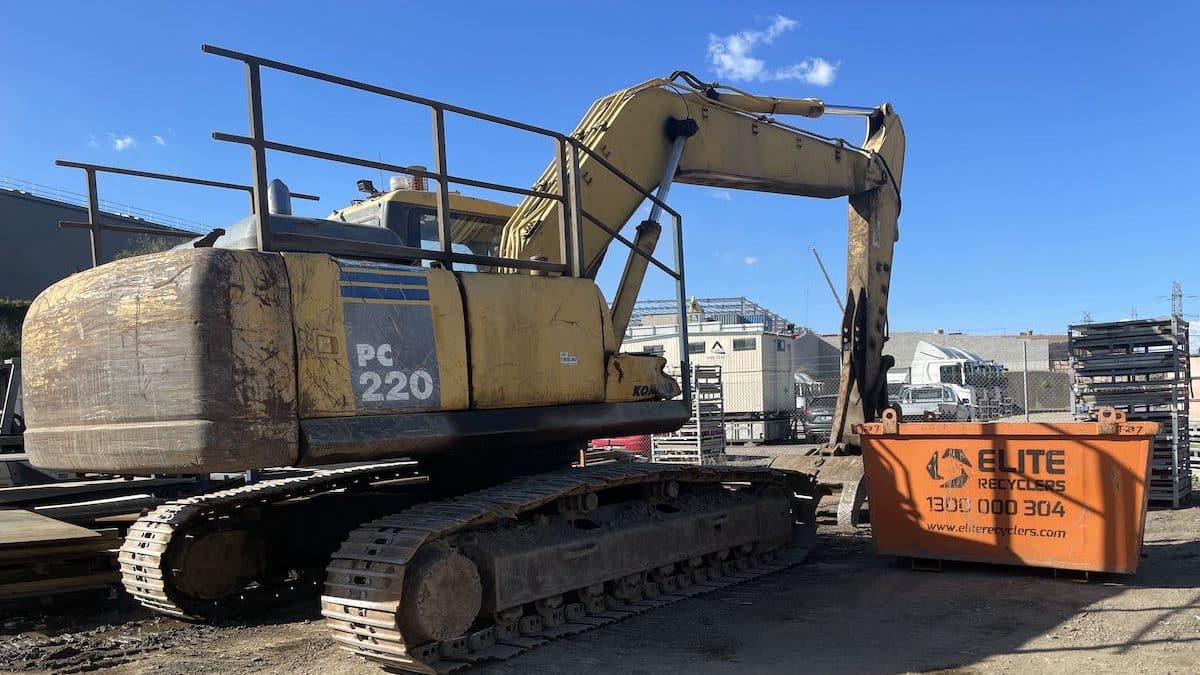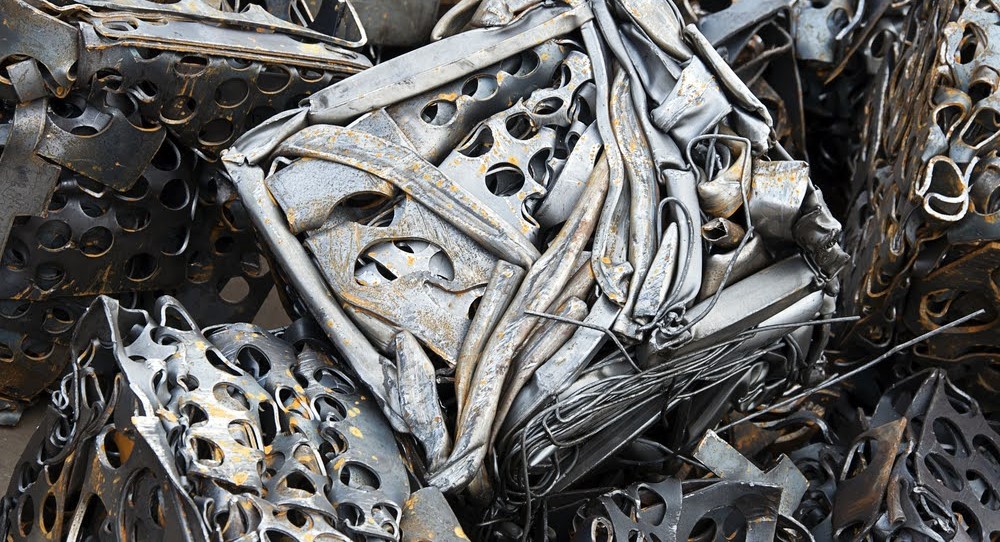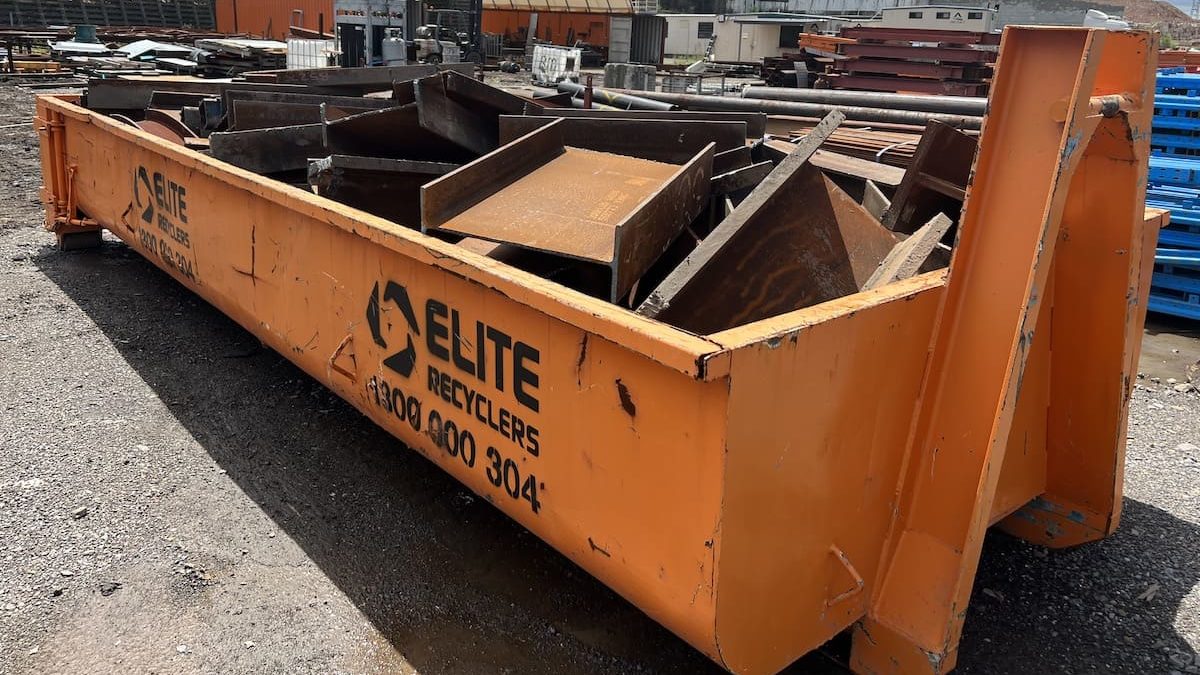
Construction And Demolition Waste Recycling: How It Works
Construction and demolition waste recycling is an important part of building a sustainable future. Construction and demolition (C&D) activities generate a large amount of waste, including concrete, bricks, wood, metal, glass, and drywall.
The process of recycling these materials can be tricky, so it’s important to understand how to do so properly.
What Is Considered Construction And Demolition Waste?
Construction and demolition waste (C&D) can be defined as any material resulting from the construction or destruction of a building or other man-made structure. C&D waste typically includes concrete, bricks, wood, metal, glass, and drywall.
This type of waste is often mixed with other materials, making it difficult to recycle. However, with the right process and equipment, managing waste and recycling C&D waste is possible.
Australian Statistics For Construction And Demolition Waste
Construction and demolition waste make up a large portion of the world’s total waste stream. In fact, the 2020 National Waste Report found that Australia generated 27 million tonnes of construction and demolition waste in 2018-19 alone. This accounted for 44% of the country’s total waste, and is a 61% increase since 2006-07.
While the National Waste Report stated that 76% of this C&D waste is recycled, there is still a lot of room for improvement. Introducing waste management plants across the country can provide extensive environmental benefits and help to close the loop on construction and demolition waste.
How Is Construction And Demolition Waste Recycled?
Construction and demolition waste recycling is a process of sorting and separating reusable materials from debris. The goal is to reduce the amount of waste that goes to landfill.
Many materials found in C&D waste, like bricks, concrete, wood, porcelain and paint can easily be reused or recycled. Whether that’s for the same construction project or a new one altogether, these materials can have a second life.
The recycling process begins with sorting the waste into different types of materials. Once sorted, the next step is to crush or shred it into smaller pieces. This makes it easier to recycle the materials into new products.
For example, concrete can be recycled and used as gravel for new construction projects. Bricks can be crushed and used as fill for new projects. Wood can be chipped and used as mulch or animal bedding.
Contractors or homeowners can set up a sorting area where workers can separate out reusable materials. This sorted material can then be taken to a local recycling facility for processing.

The Importance Of Recycling Construction And Demolition Waste
There are many reasons why recycling C&D waste is so important. Construction materials are often made from finite resources, so it makes sense to recycle them where possible. It also reduces the need for new landfills and helps to reduce greenhouse gas emissions associated with waste disposal.
Worryingly, incorrect recycling of C&D waste can actually do more harm than good. For example, concrete can be recycled but if it is contaminated with other materials it cannot be used in new construction projects. This means that it has to go to landfill, negating any positive environmental impact of recycling.
Additionally, incorrect recycling can lead to degradation of soil quality, deforestation and biodiversity issues. Disposing of wasted materials can be dangerous for both workers and the environment, by expelling toxic chemicals into water supplies and contributing to environmental injustice.
Recycling With Elite Recyclers
Elite Recyclers is committed to minimising the environmental impact of projects, no matter how big or small. We recycle as much waste as possible, using the latest technology and methods.
Offering recycling for a wide range of materials, as well as seconds at competitive prices, Elite Recyclers is your choice when searching for a Brisbane-based recycler.



